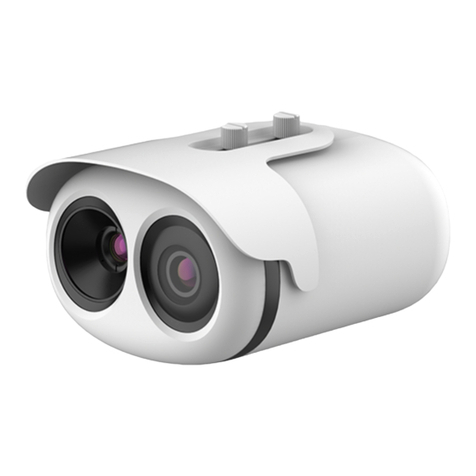
Rev_A
P a g e 4 | 9
1. Introduction
Thank you for choosing the EOS-500 Marine Anemometer from EOS Weather Instruments.
EOS has designed and built the EOS-500 to the highest standards for years of reliable, dependable, and
accurate service. The EOS-500 is designed to operate within the harsh demands of the marine
environment. However, no piece of marine electronic equipment can function properly unless installed
and maintained in the correct manner. Please read carefully and follow these instructions for
installation and usage of the EOS-500 in order to ensure optimal performance.
The signal from the EOS-500 is a standard NMEA 0183 signal and can directly be transmitted to any
device accepting the NMEA 0183 protocol. The EOS-500 only provides relative wind speed and direction.
2. Installation
The EOS-500 is a high accurate Anemometer and includes various sensitive parts. Great care must be
taken when handling and installing this high precision equipment. Installation is easy, however
following safety advice should be adhered to:
-Do NOT install your system near any power- or any other utility lines.
-Do NOT install the Anemometer before taking all necessary safety pre-cautions.
-Ensure a free flow of wind around the sensor
After unpacking the system from its packaging carefully observe that no damages are visible. If any
damaged equipment is observed, immediately contact us.
After unpacking your shipment, ensure the following parts are inside the packaging:
oMain unit incl. 60’ (18m) cable
oWind vane
oAnemometer cups
-IR 761 Display unit incl. mounting hardware
-Power cable
-2 x stainless steel U-Bolts
-This manual




























